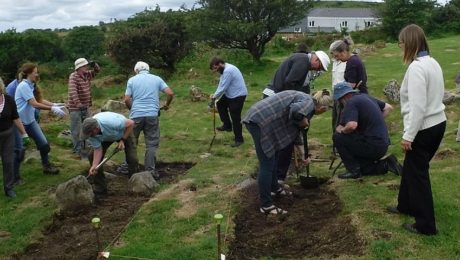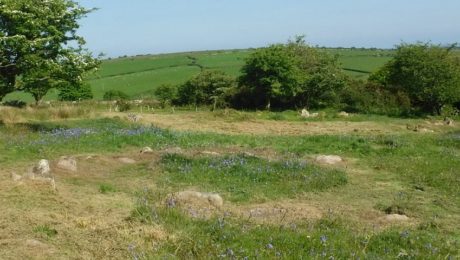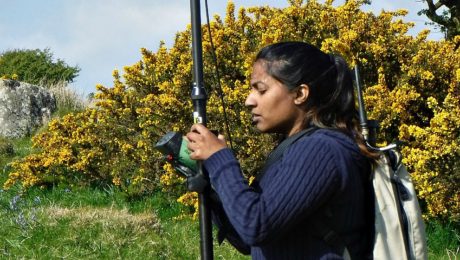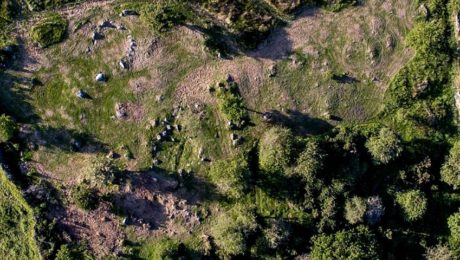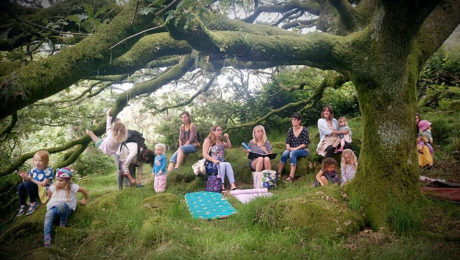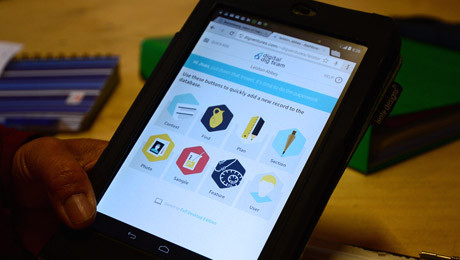The recently discovered Bronze Age village at West Northwood Farm, near St Neot, appears to include at least seven roundhouses, all enclosed by a shallow ditch.
In 2017, Cornwall Archaeological Unit led the first community investigation of the site, focusing on the largest roundhouse in the settlement. The results are available to see in the report, but perhaps most significantly, the work showed that the roundhouse had been reoccupied during the Iron Age.
In 2018, DigVentures will be continuing the investigation by leading a second community excavation, this time focusing on two of the smaller roundhouses and part of the settlement’s enclosure.
In the Bronze Age, tin became an increasingly desirable resource, and lucky Cornwall was sitting on heaps of it, in fact, our village is sitting on top of a tin lode. We want to know: how did the people of Bronze Age Cornwall react to their new-found land wealth? Why did the construction of monuments appear to stop at around the same time as enclosed settlements appear in the archaeological record? Did communities build ditches around their settlements to prepare their homes for conflict? Or did they serve some other purpose, like containing livestock? And as Britain’s second agricultural revolution took hold with the cultivation of new domesticated species, can we really be sure that all of these communities were sedentary farmers?
With Cornwall at the centre of vast Bronze Age trade network that stretched down the Atlantic Coast and into central Europe and beyond, the trends observed across Europe are here amplified by its wealth of resources. By examining a Cornish Bronze Age village, and by looking at the remains left behind by its occupants, we’ll be able to explore how society, technology and identity began to change.
The recently discovered settlement at St Neot could certainly help us understand what people ate, how long they stayed, and how quickly the second agricultural revolution took hold. It can also help us explore differences between upland and lowland settlements and, by investigating a portion of the settlement’s outer ditch we may even be able to ask ourselves, what was it for? Was a Cornish person’s (round)home literally their castle?
Together, the results from these two seasons of investigation should help to answer add some important new details to Cornwall’s Bronze Age story.
More details about the dig location, and the aims of this year’s research will be available soon!
